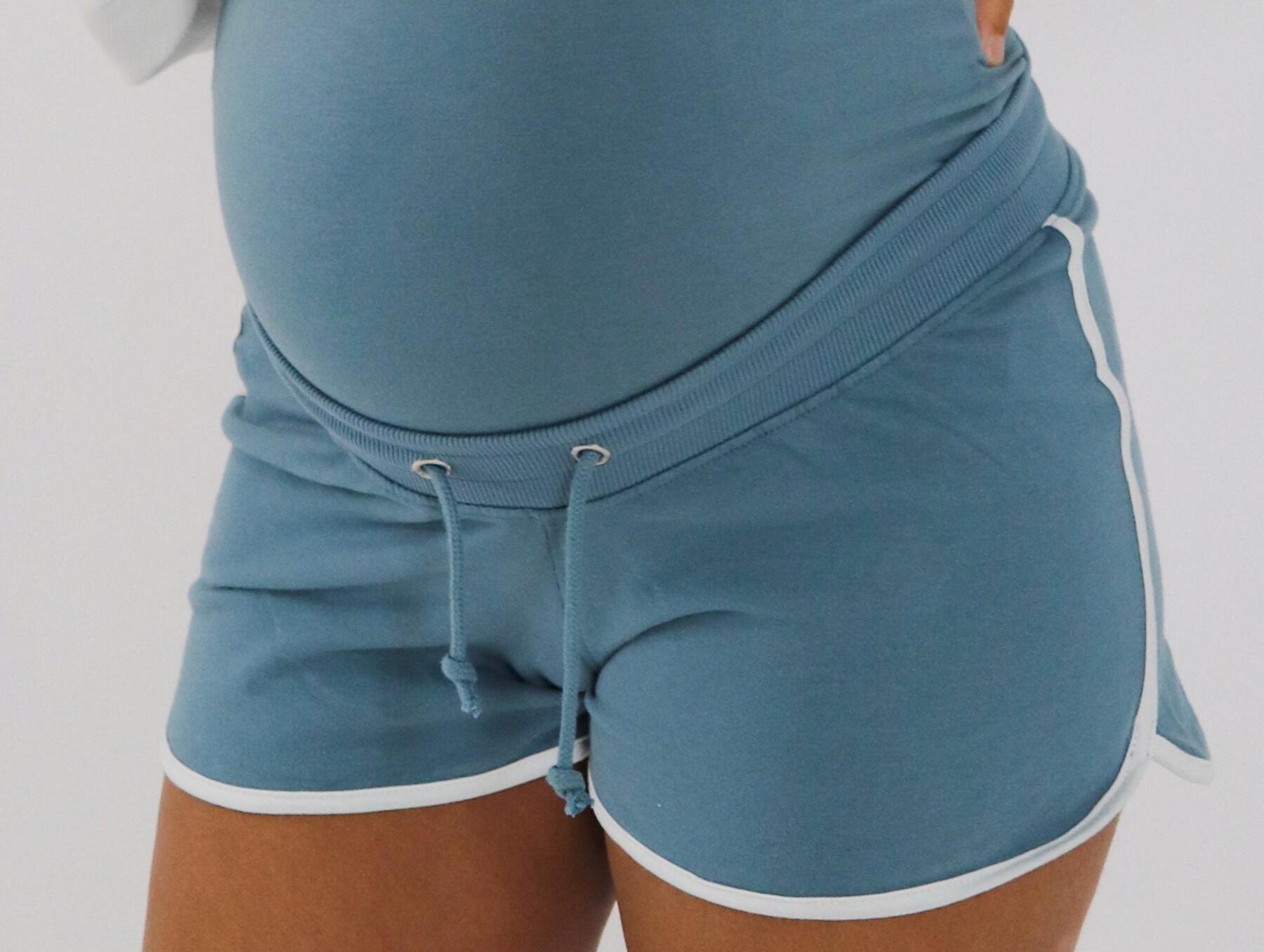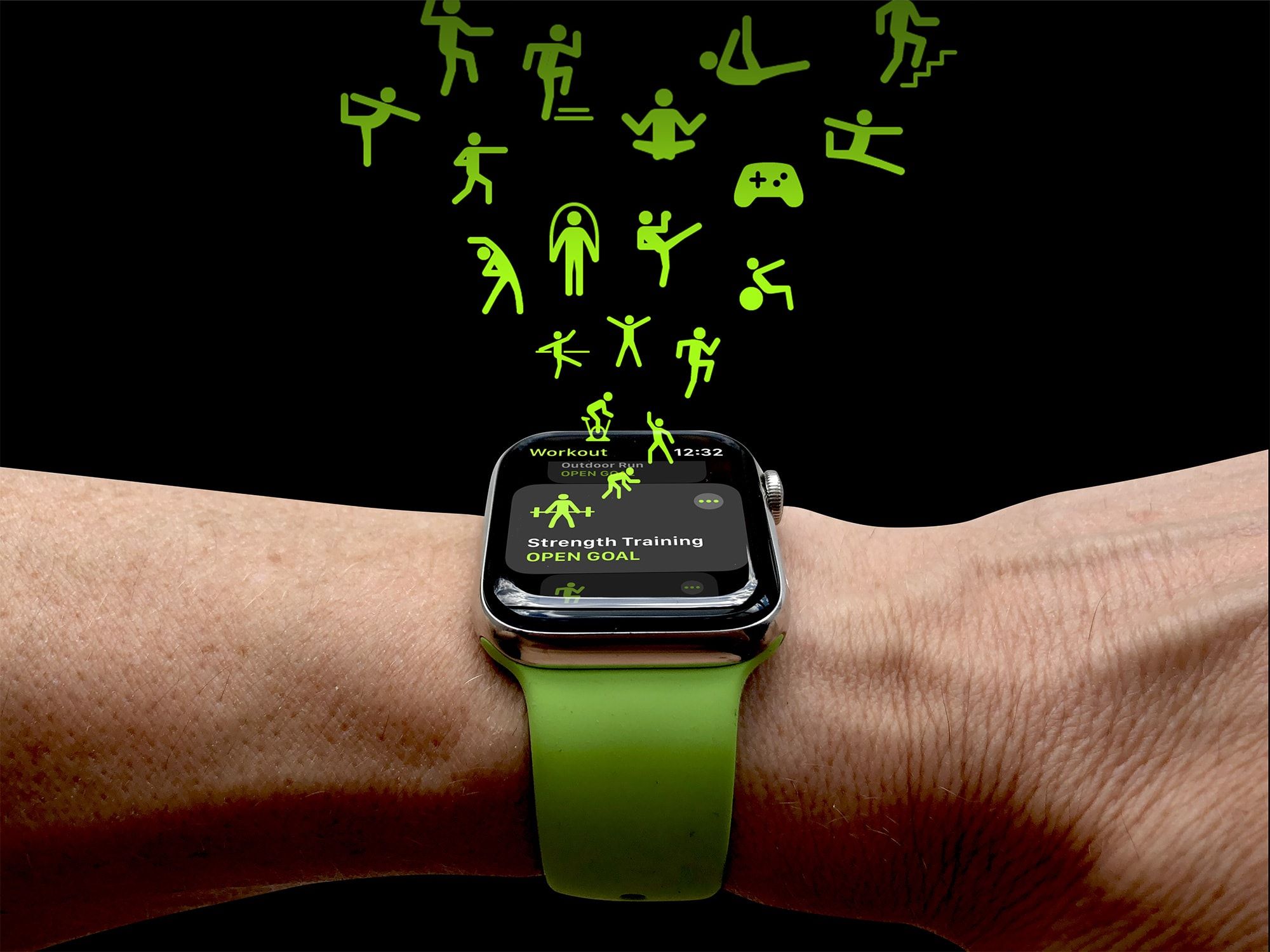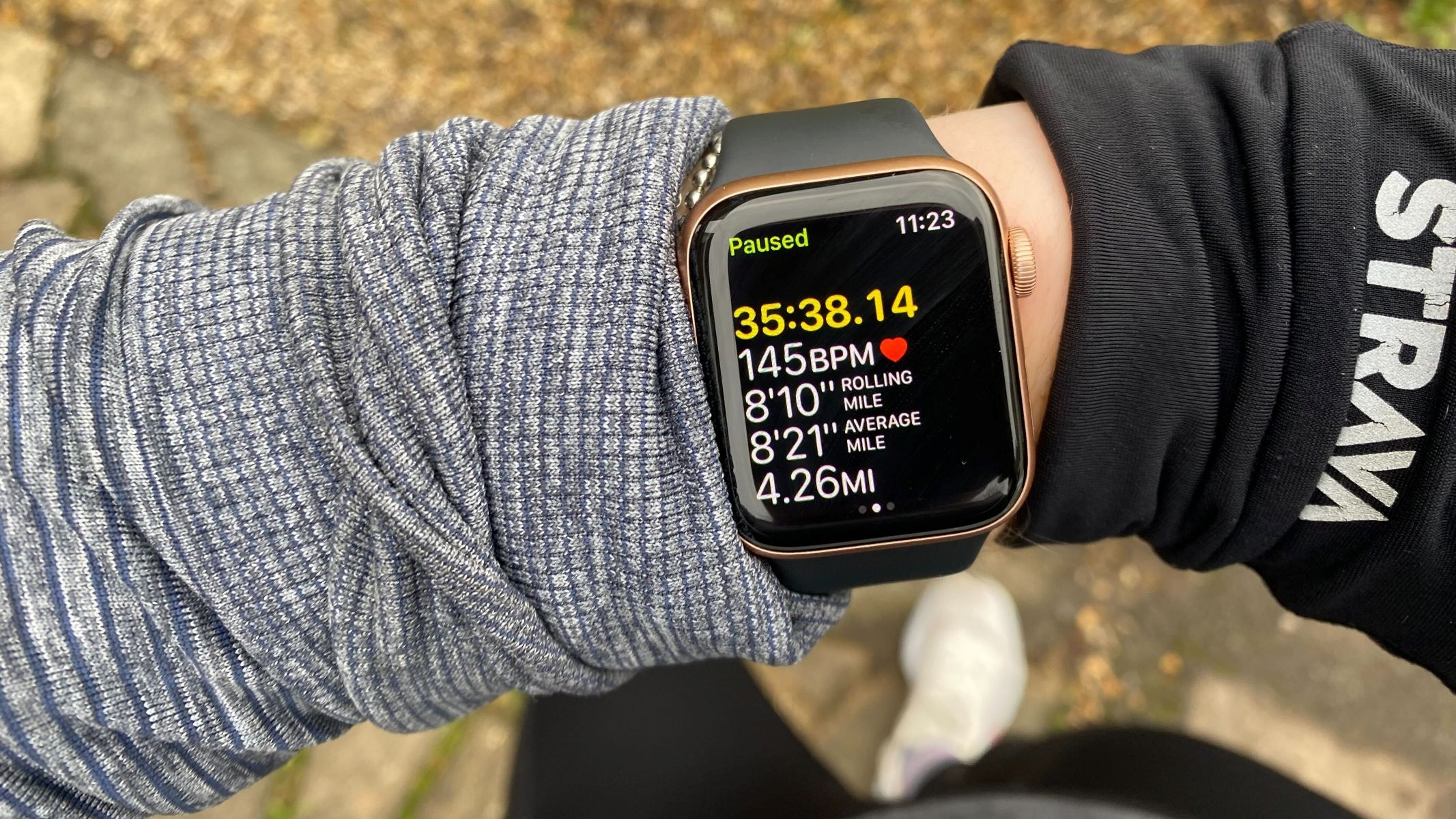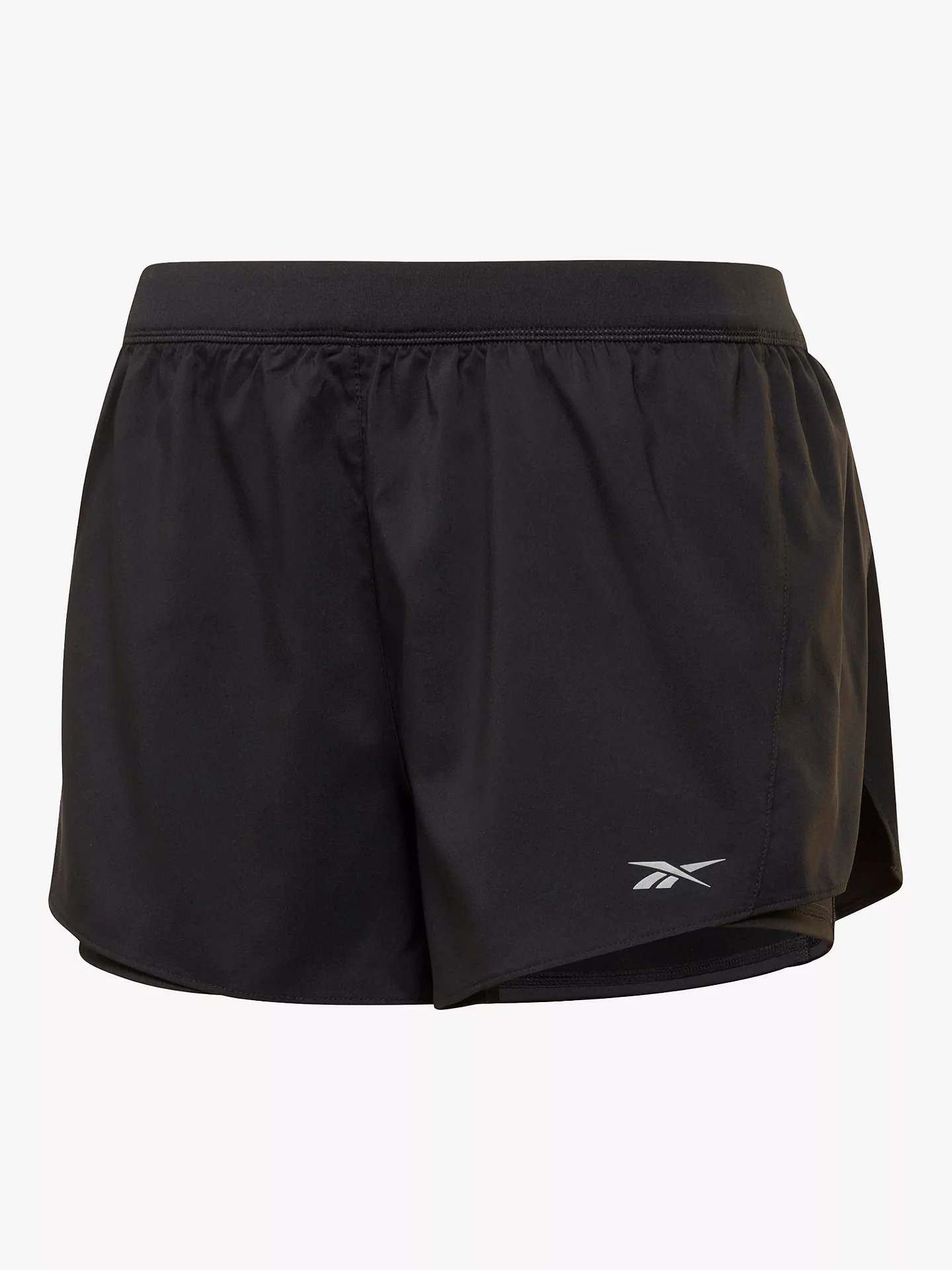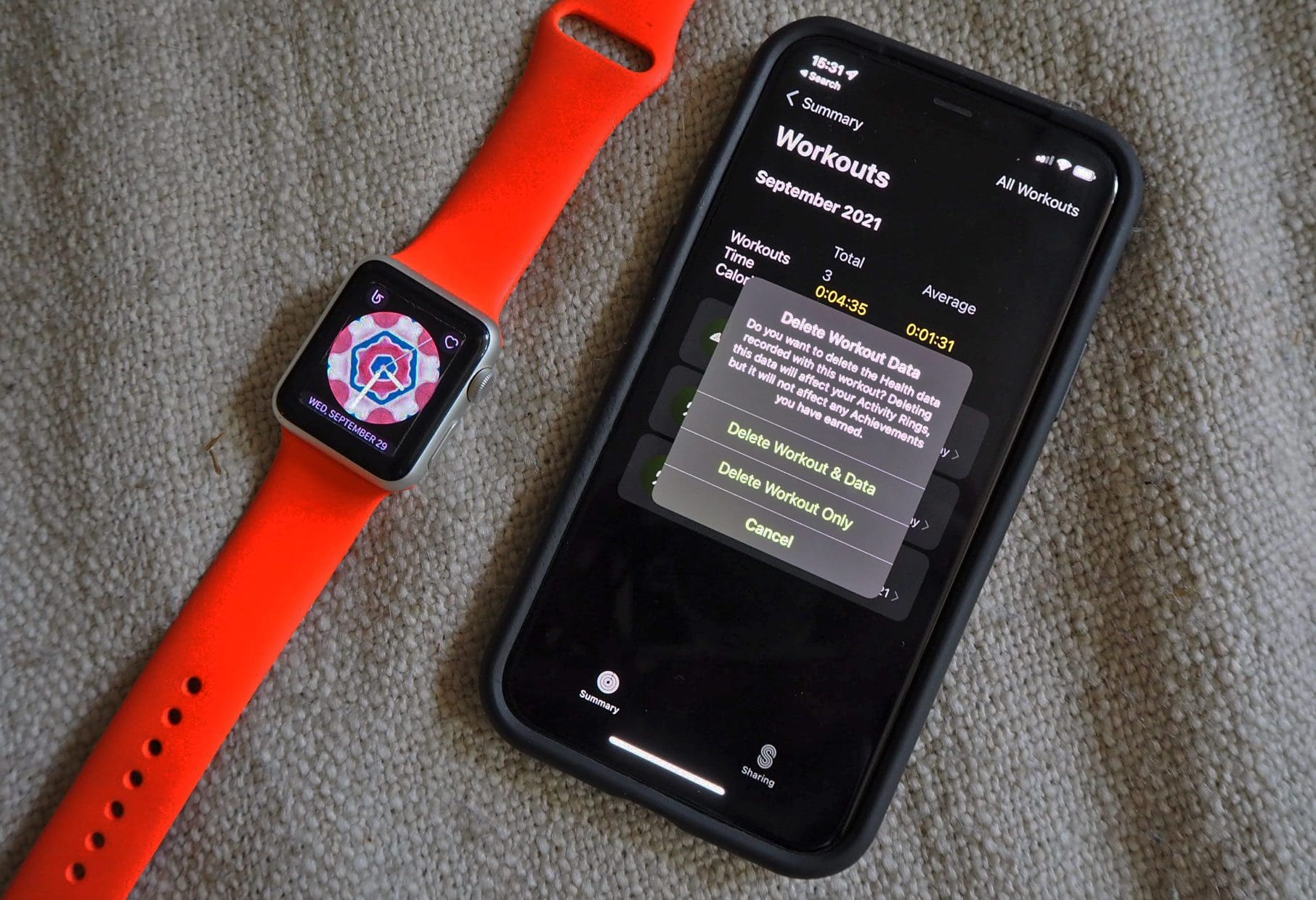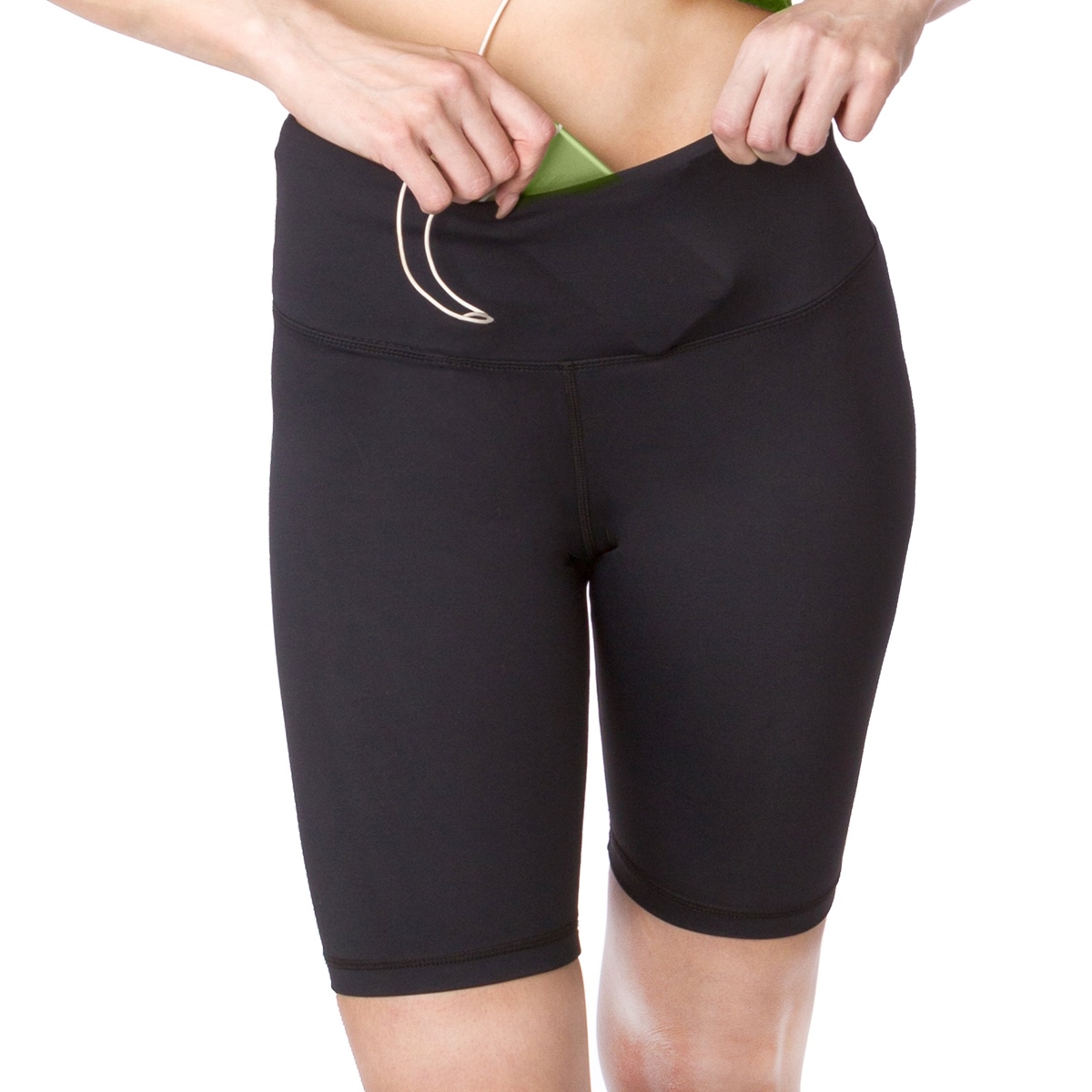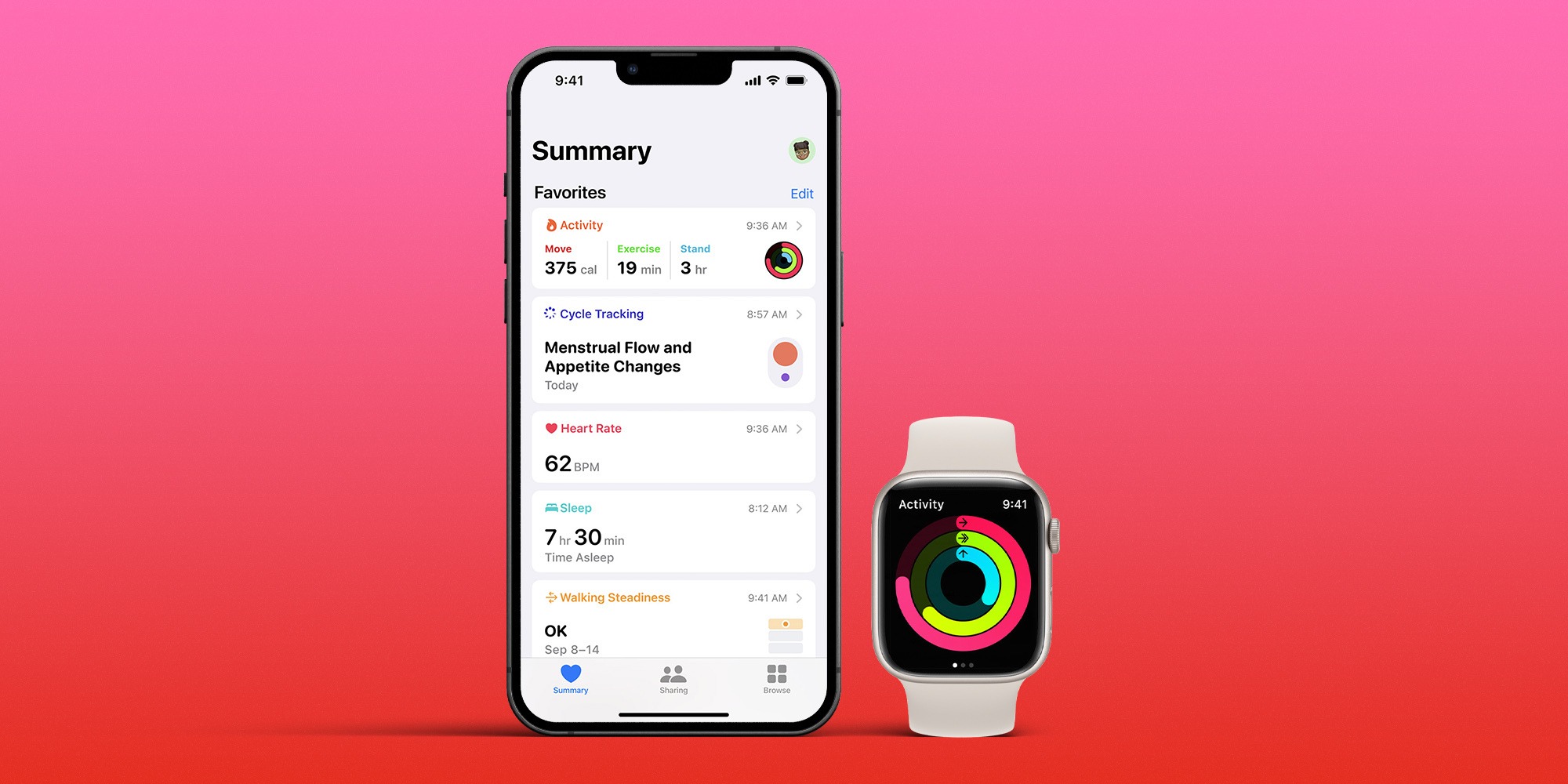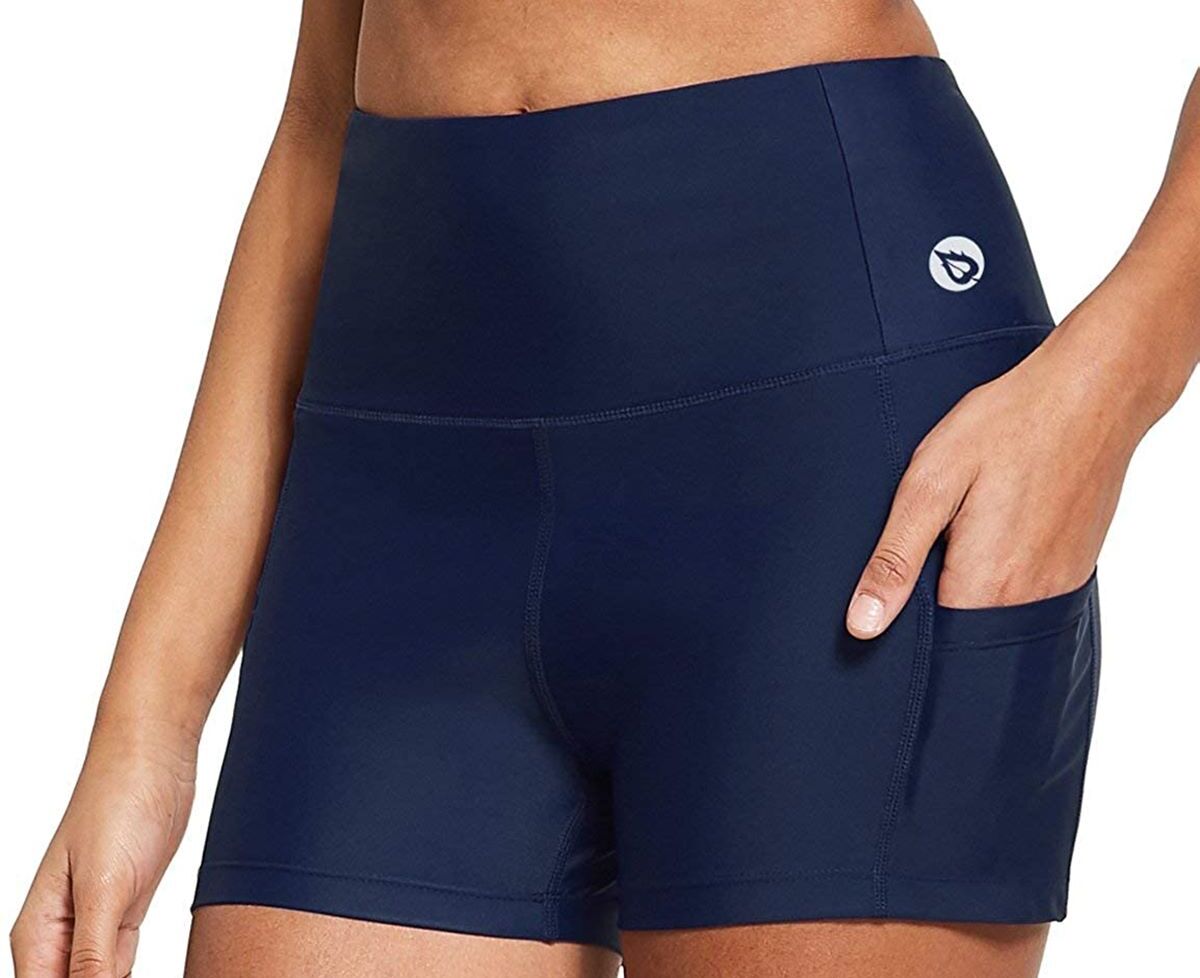

Featured
When Can I Workout After BBL
Modified: August 19, 2023
Discover when it's safe to start working out after a Brazilian Butt Lift (BBL) surgery. Read our featured article for expert advice and tips.
Introduction
Are you considering a Brazilian Butt Lift (BBL) procedure and wondering when you can get back to your regular workout routine? Whether you’re an avid gym-goer or simply enjoy staying active, it’s important to understand the recovery process after a BBL and when it is safe to resume exercising.
A Brazilian Butt Lift is a surgical procedure that involves transferring fat from other areas of your body to your buttocks, resulting in a fuller and more shapely behind. While the outcome of a BBL can be aesthetically pleasing and boost your confidence, it is vital to allow your body the necessary time to heal post-surgery.
Rest and recovery are crucial components of a successful BBL outcome. The surgery involves multiple steps, including the removal of body fat through liposuction, purification of the fat, and then strategically injecting it into the buttocks. This process creates trauma in the body, and it is important to give yourself time to heal and allow the transplanted fat to establish a blood supply to ensure its survival.
During the recovery period, it’s normal for swelling and bruising to occur, and you may experience discomfort or pain. Your surgeon will provide you with post-operative instructions and guidelines to follow, including when you can safely resume physical activity. Adhering to these guidelines is crucial to optimize your results and minimize the risk of complications.
In this article, we’ll outline the general timeline for returning to exercise after a BBL, taking into account the different stages of recovery and the specific recommendations of your surgeon. Keep in mind that every individual’s healing process is unique, and it is essential to follow your surgeon’s specific instructions for a safe and successful recovery.
Understanding the Recovery Process
The recovery process after a Brazilian Butt Lift involves several stages, and understanding each phase will help you navigate your post-surgery journey effectively. While individual experiences may vary, the following timeline provides a general overview:
1. Initial Period: 0-2 Weeks – The first two weeks after your BBL are crucial for your body to heal and adjust to the changes. During this time, it’s essential to get plenty of rest and avoid any strenuous physical activity. You may experience swelling, bruising, and discomfort during this period, and it’s important to follow your surgeon’s instructions for pain management and wound care.
2. The First Month: 2-4 Weeks – As the initial swelling and discomfort begin to subside, you may start feeling more comfortable and mobile. Your surgeon may allow you to resume light activities such as walking, but avoid anything that puts direct pressure on your buttocks. It’s important to continue wearing compression garments and maintaining good hygiene to reduce the risk of infection.
3. Returning to Exercise: 4-6 Weeks – Around the four to six-week mark, you may be cleared by your surgeon to gradually resume exercising. However, it’s essential to start slowly and listen to your body’s signals. Begin with low-impact activities like walking or light stretching, gradually increasing the intensity as tolerated. Avoid any exercises that target the buttocks directly or involve putting excessive pressure on the area.
4. Exercising After 6 Weeks – After the six-week mark, you can generally start incorporating more challenging exercises into your routine. However, it’s still important to avoid any exercises that directly impact or compress the buttocks, such as squats or lunges. Instead, focus on cardiovascular exercises, upper body workouts, and core strengthening exercises that do not put stress on the buttocks.
Throughout the recovery process, it’s crucial to prioritize self-care and listen to your body. If you experience any unusual pain, swelling, or other concerns, it’s essential to contact your surgeon immediately. Every individual heals at their own pace, so it’s important to be patient and avoid comparing your progress to others.
To ensure a smooth recovery and the best possible outcome, follow all post-operative instructions provided by your surgeon. This may include wearing compression garments, maintaining a healthy diet, attending follow-up appointments, and avoiding nicotine and alcohol, as they can hinder the healing process.
By understanding the different stages of recovery and following your surgeon’s guidance, you can support your body’s healing process and gradually return to your regular exercise routine, enjoying the beautiful results of your Brazilian Butt Lift.
What is Brazilian Butt Lift (BBL)?
A Brazilian Butt Lift, commonly referred to as a BBL, is a surgical procedure designed to enhance the appearance of the buttocks. Unlike traditional butt augmentation methods that involve implants, a BBL uses your body’s own fat to create a fuller and more shapely behind.
The procedure begins with liposuction, during which excess fat is harvested from areas of the body where it is unwanted, such as the abdomen, thighs, or love handles. The extracted fat is then purified and processed to remove any impurities or damaged cells, ensuring the best quality fat for transplantation.
Using specialized techniques, the purified fat is meticulously injected into specific areas of the buttocks to create volume, improve shape and contour, and enhance symmetry. The surgeon strategically places the transplanted fat to achieve the desired results, taking into consideration the patient’s anatomy and aesthetic goals.
One of the main advantages of a BBL is that it not only enhances the appearance of the buttocks but also provides body contouring benefits. By removing fat from unwanted areas and reusing it in the buttocks, the procedure can improve overall body proportions and create a more balanced silhouette.
It’s important to note that a Brazilian Butt Lift is a surgical procedure that requires skill and expertise. Before considering a BBL, it’s crucial to schedule a consultation with a board-certified plastic surgeon experienced in performing this particular procedure. They will assess your candidacy, discuss your goals and expectations, and provide personalized recommendations based on your unique anatomy.
While a Brazilian Butt Lift can provide stunning results, it’s important to have realistic expectations and understand that the outcome may vary from person to person. The success of the procedure depends on factors such as the patient’s overall health, the quality of the harvested fat, and how well they adhere to the post-operative instructions provided by their surgeon.
With advancements in surgical techniques and safety protocols, a Brazilian Butt Lift has become a popular choice for individuals who desire a more prominent and shapely buttocks. By utilizing their own fat, patients can achieve natural-looking results that enhance their body contours and boost their self-confidence.
The Importance of Rest and Recovery
Rest and recovery are crucial aspects of the Brazilian Butt Lift (BBL) process and play a significant role in achieving the best possible outcome. While it may be tempting to jump back into your regular exercise routine or daily activities, it is essential to prioritize rest and give your body the time it needs to heal.
After undergoing a BBL, your body undergoes various changes. The harvested fat needs time to establish a blood supply and integrate into its new location. Additionally, the surrounding tissues and muscles need to heal and adjust to the changes made during the surgery.
Engaging in strenuous physical activity or not allowing sufficient time for rest can have detrimental effects on your results. It can lead to increased swelling, prolonged recovery time, and even potential complications. Therefore, it’s crucial to follow your surgeon’s instructions and recommendations regarding rest and recovery.
Resting and avoiding strenuous activities, including exercise, allows your body to heal without unnecessary strain. It allows the transplanted fat to settle and increases its chances of survival. It also reduces the risk of damaging the delicate tissues and blood vessels surrounding the buttocks.
During the initial stage of recovery, it is common to experience swelling and bruising. These are natural responses of the body to the trauma caused by the surgery. Resting and avoiding physical exertion can help minimize these symptoms and promote faster healing.
It’s important to follow your surgeon’s guidelines regarding wearing compression garments. These garments help reduce swelling and support the healing process. They also provide a gentle compression that can help contour the newly augmented buttocks and improve the overall aesthetic outcome.
In addition to physical rest, it’s also important to prioritize mental and emotional rest during the recovery period. Surgery and the healing process can be physically and emotionally taxing. Taking time to relax, engage in activities that bring you joy, and surrounding yourself with support can contribute to a smooth and positive recovery experience.
Remember that every individual’s healing process is unique, and recovery time can vary. It’s important to be patient with yourself and avoid comparing your progress to others. Your surgeon will provide you with specific instructions on when it is safe to resume physical activity and gradually return to your regular exercise routine.
By prioritizing rest and recovery, you are giving your body the opportunity to heal and optimize your BBL results. It is a time to focus on self-care and allow your body to adjust to its new shape. Following your surgeon’s recommendations and being mindful of your body’s needs will help ensure a successful and satisfying outcome.
Initial Period: 0-2 Weeks
The first two weeks after a Brazilian Butt Lift (BBL) surgery are critical for your body’s initial healing and recovery. During this period, it is important to prioritize rest and avoid any strenuous activities or exercise that can hinder the healing process and compromise your results.
Immediately after the surgery, you will experience swelling, bruising, and discomfort in the treated areas. This is a natural response of the body to the trauma caused by the surgery and the redistribution of fat into the buttocks. Managing pain and discomfort during this period is crucial, and your surgeon will provide you with instructions and appropriate pain medication.
During the initial two weeks, it is recommended to refrain from any activities that can put pressure on the buttocks. This includes sitting directly on your buttocks for prolonged periods. Instead, it is recommended to use a cushion to relieve pressure and distribute weight evenly while sitting, or to lie on your stomach or side when resting.
Your surgeon will also provide specific guidelines for wound care and the use of compression garments. It is essential to adhere to these instructions to promote healing, reduce swelling, and maintain the desired shape and contour of your buttocks. Compression garments help minimize swelling and provide support to the treated areas, helping to minimize fluid build-up and optimize your results.
You may be required to wear the compression garments for a certain period of time, which will vary depending on your surgeon and their specific recommendations. This will help provide stabilization to the transferred fat and limit the movement of the buttocks, promoting fat survival and enhancing the overall outcome of your BBL.
During this initial period, it’s important to prioritize rest and allow your body to heal. Avoid any activities that could increase your heart rate or blood pressure, as this can interfere with the healing process and increase the risk of complications.
Listen to your body and pay attention to any signs of discomfort or excessive swelling. If you experience any unusual symptoms or have concerns, it is important to contact your surgeon for guidance and reassurance.
Remember that the initial two weeks are just the beginning of your recovery journey. Being patient, following your surgeon’s instructions diligently, and allowing your body time to heal will contribute to a successful and satisfying outcome down the road.
The First Month: 2-4 Weeks
The first month after a Brazilian Butt Lift (BBL) surgery is a critical period for your body’s healing and recovery. During this time, you will start to see improvements in swelling and discomfort, but it is still important to take precautions and gradually ease back into your daily activities.
By the second week, you may experience a reduction in swelling and bruising. This is a positive sign that your body is healing, but it’s important to remember that complete resolution of swelling can take several weeks to months. Following your surgeon’s instructions for post-operative care and wearing compression garments can help minimize swelling and promote faster healing.
During this period, your surgeon may give you the green light to resume light activities and gentle movements. Walking is an excellent low-impact exercise that can be beneficial for maintaining blood circulation and preventing blood clots. However, it is important to avoid any activities that put direct pressure on the buttocks or involve excessive bending, twisting, or stretching.
While you may start feeling more comfortable and mobile during this time, it is crucial to listen to your body and avoid overexertion. Pushing yourself too soon can delay healing and compromise your results. Gradually increase your physical activity level as tolerated, but always prioritize rest and give yourself time to heal.
It is essential to continue wearing compression garments as recommended by your surgeon. These garments provide support to the treated areas, help control swelling, and assist in contouring the newly enhanced buttocks. Be sure to follow your surgeon’s guidelines on when and how to wear compression garments to optimize their effectiveness.
Good hygiene practices are also important during this period. Your surgeon will provide guidelines on how to clean and care for the incision areas. Keeping the incisions clean and dry and following any recommended wound care instructions will help prevent infection and promote proper healing.
As you progress through the first month of recovery, you may notice improvements in your overall comfort and mobility. However, it is crucial to still approach physical activities with caution. Avoid any movements or exercises that put strain or pressure on the buttocks, as this can compromise your aesthetic results and increase the risk of fat cell death.
By following your surgeon’s guidelines, maintaining a healthy lifestyle, and allowing your body the necessary time to heal, you are setting the stage for a successful and satisfying outcome. Patience and adherence to post-operative instructions will be key during this initial month of recovery.
Returning to Exercise: 4-6 Weeks
After the initial four to six weeks of recovery from a Brazilian Butt Lift (BBL) surgery, you may be excited to start incorporating exercise back into your routine. It’s important to approach this phase gradually and carefully to protect your healing body and optimize your results.
By this stage, most of the swelling and bruising should have subsided, and you should be feeling more comfortable. However, it’s still important to listen to your body and not push yourself too quickly or aggressively.
Your surgeon will guide you on when it is safe to resume exercise and what types of activities are appropriate. In general, low-impact exercises that do not put direct pressure on the buttocks are recommended during this period. Examples include walking, light cycling, or using an elliptical machine.
Avoid exercises that involve jumping, running, or any vigorous movements that could potentially impact the healing buttocks. Putting excessive pressure or strain on the area can compromise the newly transplanted fat and lead to poor aesthetic outcomes.
It is crucial to start slowly and gradually increase the intensity and duration of your workouts over time. Pushing yourself too hard can lead to increased swelling, discomfort, or even complications. Pay attention to any signs of discomfort or excessive fatigue and adjust your activity level accordingly.
During this phase, it’s still important to wear compression garments as recommended by your surgeon. These garments provide support, help control swelling, and aid in contouring the buttocks. Follow your surgeon’s instructions regarding when and how to wear compression garments to ensure their effectiveness.
In addition to exercise, maintaining a healthy lifestyle is vital during your recovery period. Eating a balanced diet, staying hydrated, and getting enough rest will support your body’s healing process and optimize your recovery outcomes.
Remember, every individual’s recovery timeline may vary, and it’s important to be patient with yourself. Don’t compare your progress to others, as your body heals at its own pace. Trust in the guidance of your surgeon and follow their recommendations for safely returning to exercise.
If you experience any unusual symptoms, pain, or concerns, it’s crucial to contact your surgeon for guidance. They can provide reassurance or address any issues that may arise during your recovery.
Returning to exercise after a BBL is an exciting milestone in your recovery journey. By following your surgeon’s instructions, practicing patience, and gradually increasing your activity level, you can protect your healing body while gradually reintroducing physical fitness into your routine.
Exercising After 6 Weeks
After six weeks of recovery from a Brazilian Butt Lift (BBL) surgery, you may be ready to progress to more challenging exercises and activities. At this stage, you should have experienced significant healing and a reduction in swelling, allowing you to gradually increase the intensity of your workouts.
It’s important to continue listening to your body and paying attention to any discomfort or signs of fatigue. While you may feel more energetic and motivated to push yourself, it’s crucial to approach exercise with caution and prioritize the safety of your healing buttocks.
At this point, you can start incorporating exercises that engage different muscle groups without directly targeting the buttocks. Focus on activities that strengthen your core, upper body, and lower body, while avoiding exercises that put excessive pressure on the buttocks.
Cardiovascular exercises such as swimming, cycling, or using the elliptical machine are excellent options to improve your overall fitness without straining the buttocks area. These exercises increase heart rate, promote circulation, and help burn calories while minimizing stress on the healing tissue.
Weightlifting and resistance training can also be reintroduced, focusing on exercises that do not involve heavy weights or place undue stress on the buttocks. Examples include chest presses, bicep curls, tricep dips, and shoulder presses. These exercises can help tone and strengthen the upper body while maintaining muscle mass.
Engaging in core strengthening exercises is beneficial not only for overall fitness but also for posture and balance. Planks, abdominal crunches, and yoga poses that target the core can help build strength and stability, promoting a more sculpted appearance and improving overall body coordination.
It’s crucial to keep in mind that while you may be cleared for more challenging exercises, certain movements and positions should still be avoided. Movements such as deep squats, lunges, or heavy lifting that directly target the buttocks can put excessive strain on the healing tissue and compromise the results of your BBL.
As always, continue to wear your compression garments as instructed by your surgeon during exercise. The compression garments provide support and help maintain the desired shape and contour of your buttocks. Consult with your surgeon about when it is safe to discontinue wearing them during exercise.
Remember to stay hydrated, warm up before exercise, and practice proper form and technique. If you experience any pain, discomfort, or unusual swelling during or after exercise, it’s important to consult your surgeon for guidance and follow-up.
Returning to exercise after six weeks post-BBL is an exciting milestone in your recovery journey. By gradually increasing the intensity and incorporating a variety of exercises, you can improve your overall fitness while protecting the integrity of your newly enhanced buttocks.
Listening to Your Body
Throughout your recovery journey after a Brazilian Butt Lift (BBL) surgery, it is essential to listen to your body and pay attention to its signals. Your body is unique, and its healing process may differ from others. By tuning in and responding to what your body needs, you can support the healing process and ensure the best possible outcome.
One of the most important aspects of listening to your body is recognizing pain or discomfort. While some discomfort is expected during the recovery period, it’s crucial to differentiate between normal healing sensations and signs of potential complications. If you experience severe or unmanageable pain, or if you notice any unusual swelling, excessive bruising, or signs of infection, it is important to contact your surgeon promptly.
Rest is an integral part of recovery, and your body will often let you know when it needs more rest. If you feel fatigued, drained, or unusually exhausted, it’s a sign that your body requires additional time to heal and recover. Pushing through excessive fatigue can hinder the healing process and impede your progress. Take time to rest, relax, and recharge.
Pay attention to how your body responds to physical activity. While gradually returning to exercise is important, it’s crucial to gauge the intensity and duration of your workouts based on your body’s feedback. If an exercise causes discomfort, pain, or excessive swelling, it may be a sign that you need to modify or avoid that particular movement. Always prioritize the safety and well-being of your healing buttocks.
In addition to physical cues, your body will also communicate its nutritional needs. Good nutrition is essential for healing and recovery. Ensure you are consuming a balanced diet with sufficient protein, vitamins, and minerals to support tissue repair. Staying hydrated is equally crucial, as it aids in overall healing and promotes healthy circulation.
Maintaining a positive mindset and emotional well-being is also an important aspect of listening to your body. This may involve engaging in activities that bring you joy, practicing self-care, seeking support from loved ones, or even consulting with a therapist. Embrace the recovery process as a transformative journey and be kind to yourself along the way.
Lastly, be patient with your body’s healing timeline. While it’s natural to want to see immediate results, remember that the healing process takes time. Results from a BBL become more noticeable as swelling subsides and as the body adjusts to its new contours. Trust in the process, trust in your surgeon’s expertise, and have confidence that with time, patience, and the support of your body, you will achieve the desired results.
By actively listening to your body and responding to its needs, you can ensure a smoother recovery process and help optimize your results. Embrace the journey of self-care and healing, and soon you will enjoy the beautiful results of your Brazilian Butt Lift.
Conclusion
The recovery process after a Brazilian Butt Lift (BBL) surgery is crucial for achieving optimal results and maintaining the long-term success of the procedure. It’s important to understand the different stages of recovery and follow your surgeon’s instructions diligently to ensure a safe and satisfying outcome.
During the initial period of 0-2 weeks, prioritize rest and allow your body to heal. Follow your surgeon’s recommendations for pain management, wound care, and wearing compression garments. Avoid any strenuous activities that can put pressure on the buttocks and impede the healing process.
In the first month of recovery, continue to take it easy and gradually resume light activities. Walking and gentle movements can promote blood circulation without jeopardizing the results of your BBL. Maintain good hygiene and wear compression garments as recommended to minimize swelling and support the healing process.
After 4-6 weeks, with your surgeon’s guidance, you can begin to incorporate low-impact exercises into your routine. Focus on activities that engage other muscle groups while avoiding direct pressure on the buttocks. Take it slow, listen to your body, and gradually increase the intensity of your workouts.
After 6 weeks, you can progressively introduce more challenging exercises, but be cautious and avoid movements that directly target the buttocks. Continue to wear compression garments during exercise and maintain a healthy lifestyle to support optimal healing and recovery.
Throughout the recovery process, pay attention to your body’s signals, whether it’s pain, fatigue, or discomfort. Rest when needed, modify exercises as necessary, and seek medical advice if you have any concerns. Remember that every individual’s healing journey is unique, so be patient and trust in the process.
A Brazilian Butt Lift can provide stunning results, enhancing the shape and contour of your buttocks. By following the recommended recovery guidelines, nurturing your body, and listening to its needs, you can optimize your results and enjoy the transformative benefits of this popular procedure.
